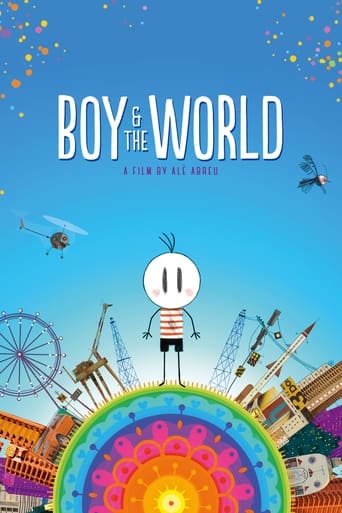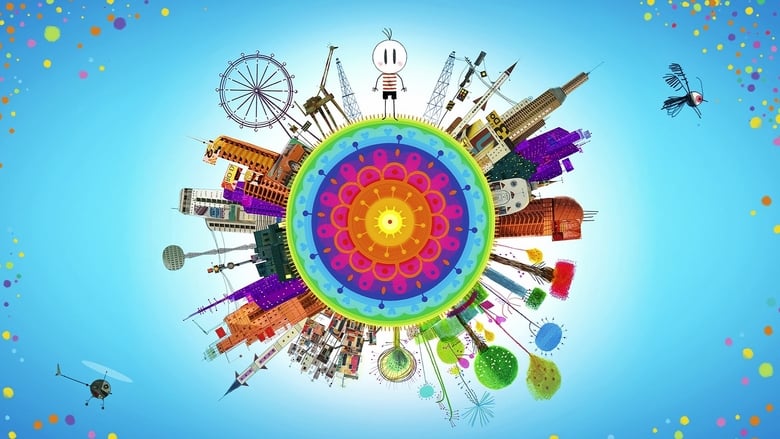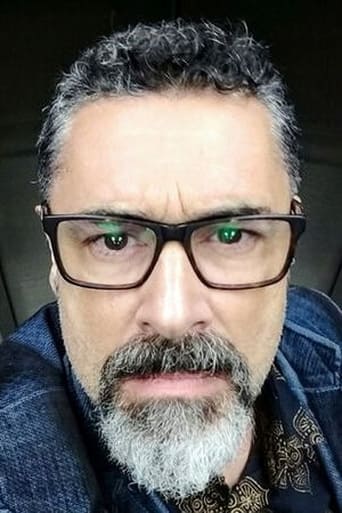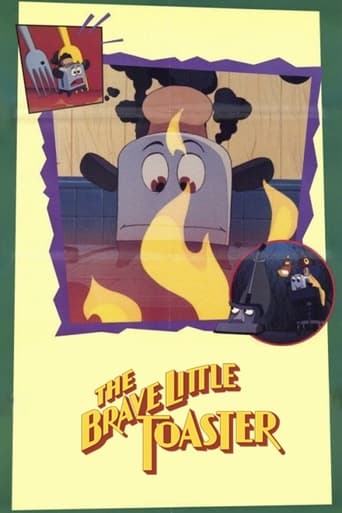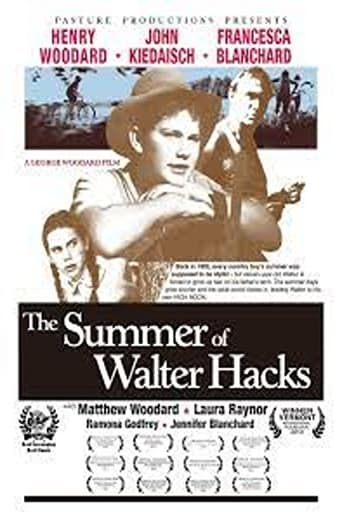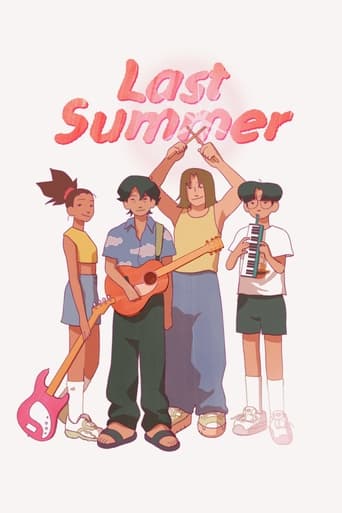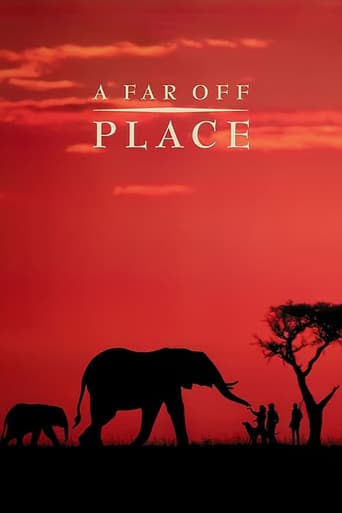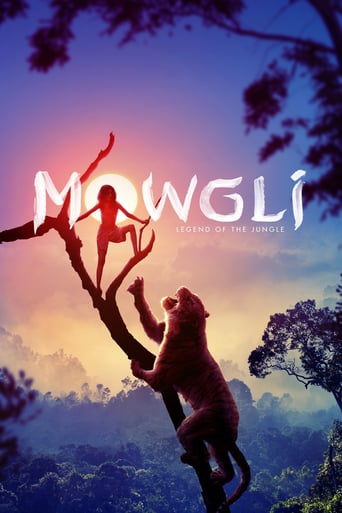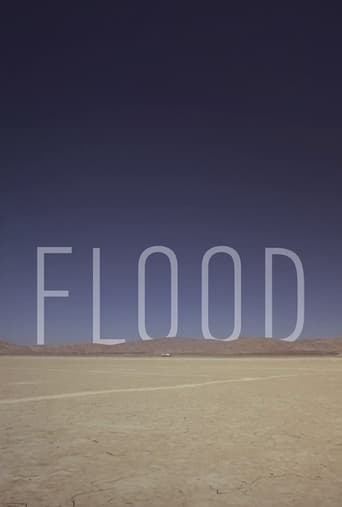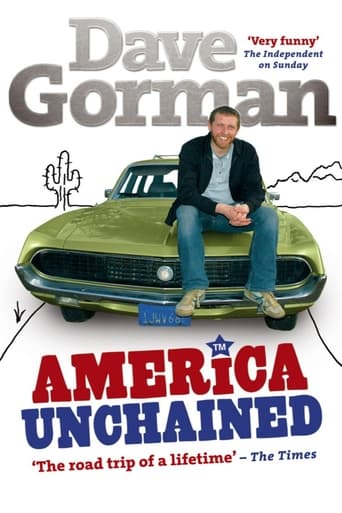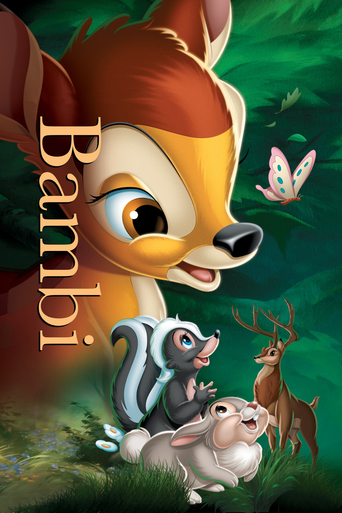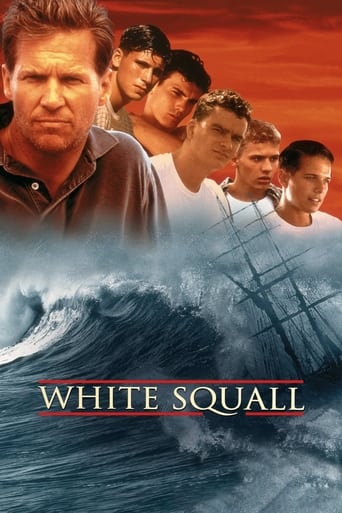Boy & the World (2015)
Suffering because of his father's departure to the big city, a boy leaves his village and discovers a fantastic world dominated by bug-engines and strange beings. An unusual animation with various artistic techniques that portrays the issues of the modern world through the eyes of a child.
Watch Trailer
Free Trial Channels
Cast


Similar titles
Reviews
Absolutely amazing
A Disappointing Continuation
Entertaining from beginning to end, it maintains the spirit of the franchise while establishing it's own seal with a fun cast
It’s fine. It's literally the definition of a fine movie. You’ve seen it before, you know every beat and outcome before the characters even do. Only question is how much escapism you’re looking for.
Boy and the World (Brazilian Portuguese: O Menino e o Mundo) (2013) Director: Alê Abreu Watched: December 2017 Rating: 6/10 Colorful/playful, Children's drawings come alive, Kaleidoscope fun. Lively Brazilian soundtrack, Learn Latin America. Baffling/disordered, Only backwards Portuguese. Social change soapbox- Characters/plot take back seat; Rather see stills in art show. Somonka is a form of poetry that is essentially two tanka poems (the 5-7-5-7-7 syllable format), the second stanza a response to the first. Traditionally, each is a love letter and it requires two authors, but sometimes a poet takes on two personas. My somonka will be a love/hate letter to this film? #Somonka #PoemReview #Animation #LatinAmerca #NoDialogue #Propoganda
This movie is a genuine masterpiece, humane and complex. It's a story of wonder and discovery; the plot simply resolves around this idea. The movie offers the viewer a chance to see the world and explore its immensity together with the little protagonist, and it's simply an offer you can't refuse when each scene is so delicate and so full of life, and draws you in so intensely. Searching for his father, the titular boy runs from the countryside to the modern city, seeing and meeting an array of characters, all of which portray different states and facets of life, no matter the fact that they not once dialogue – the movie has virtually no spoken lines, but all emotion is generated by the actions and the (very Brazillian) rhythm of the instruments. You can feel the bright joy of the singers, the exhaustion of the rural workers as they go on with their labor routine, the boy's curiosity, and courage to enter each different environment. Speaking of environment, each is unique, and is as alive as the characters that inhabit them. The boy's home brings a sense of comfort,the cotton plantations are mostly composed of repetitive patterns of trees and carts. The busy city is cramped with ads and cars and machines of all kids. So although being, in general, lighthearted, the tone is quite emotive; after all, it represents the spectrum of human emotion.The animation is scribble-like, resembling crayon drawings done by a child, but the fluidity and kaleidoscope of thus fitting perfectly well its theme.It's the kind of art that I'd recommend anyone to see at least once, for it has much to offer in its pseudo-simplicity. It's a portrait of life, through the eyes of an exploring child.
The simplistic and almost childish animation style of this film still manages to convince an adult viewer to believe in the existence of and get involved in the world that it is depicting. How is this made possible? The world we see on the screen is given life by the colorful and creative use of sound and music. Despite the fact that the little amount of dialogue in the movie is unintelligible, it does not mean that it bears no significance. The utterances of reversed Portuguese can still be interpreted in combination with the images and what we know of the story. Interestingly enough, these pieces of dialogue were not recorded in normal order and then reversed. In that case it would not sound as natural as it does now. This approach to the lack of real dialogue is supported by an interview with the director Alê Abreu in the Brazilian magazine Revista da Cultura. In this interview he explains that The Boy and the World actually emerged from the idea of an animated documentary called Canto Latino about the formation of Latin America until the period of dictatorships. This documentary would use music, such as the songs of protest from the 1960s and '70s, to guide the story. Instead, Abreu was inspired to make an animated fiction film which still used the principle of music as a guiding force behind the story. However, another motivation for the original use of dialogue is that the film is following the boy's perspective which causes the dialogue and other linguistic utterances to be a scrambled mass of (familiar) sounds. The boy experiences the world as a child who does not yet understand the harsh reality which his parents are well aware of. The intention to show the movie and the world through the boy's eyes is explicitly brought to the attention of the audience through the title of one of the film's theme songs Aos olhos de uma criança (In the eyes of a child) sung by the rapper Emicida. The entire story is connected by one single leitmotif in the score which is first played as source music by the father and then repeated to remind the spectator of the boy's goal during his adventure. This song also connects sound to image and creates an organic unity between the two sides of the medium. Whenever someone plays the song, colored bubbles appear and float into the sky. This visualization of music supports the story by forming a metaphor for the battle between the civilians and the military. One of the characteristics of the soundtrack, which attracted me to the discussion of this particular film, is the mixture of sound effects and musical elements. Some clear examples of this mixture of sound effects and music are the sounds of various animals, such as chickens, a butterfly, and a horse, but also the sounds of traffic which are mixed with the percussion and special sound installations, or even the sound of picking a flower which is replaced by the pluck of a violin string. This unexpected use of musical instruments gives more color and character to the images on the screen and also emphasizes the child's perspective on the world. The soundtrack was constructed with contributions from Naná Vasconcelos, Emicida, Barbatuques, and GEM (Grupo Experimental de Música). Especially Naná Vascocelos, Barbatuques, and GEM played an important role in the creation of music that could be either part of the score or part of the Foley, SFX, and ambiance, and even function as a musical kind of wallah, which adds a threatening undertone to the scenes of the military in the big city. All three bring their own style and expertise to the mix which creates an extremely original and creative sound. Naná Vasconcelos is a vocal artist and percussionist who even uses pots and pans to find the perfect sound for a scene. Both Barbatuques and GEM are groups of musically talented people. However, there is a big difference between the methods of both groups. While the Barbatuques musicians use body percussion and create rhythms with voice effects and different kinds of claps, snaps, and feet stamps, the GEM musicians use fantastical instruments and sound installations which are invented and created by themselves to create a perfectly customized and original sound. Thanks to the wide range bastidores (backstage) material displayed on the film's website, it is possible to see short clips of the production process of all these different artists and their individual music styles.
It's such a lovely film. Both visually and emotionally rich, one of the most colorful and imaginative animated films I've ever seen. Nearly dialogue-free, one of those films that best portrays the power of the relationship between image and sound. Quite literally perfect, not a thing I would change about it. I don't think it's a stretch to call it perhaps one of the best animated films ever made, surely one of the best I've ever seen. I really hope it gets seen by more people because it would be a shame if it went unnoticed as a whole, truly. Just wonderful in every way. The score deserves even more mentions as well, together with its sound editing.

